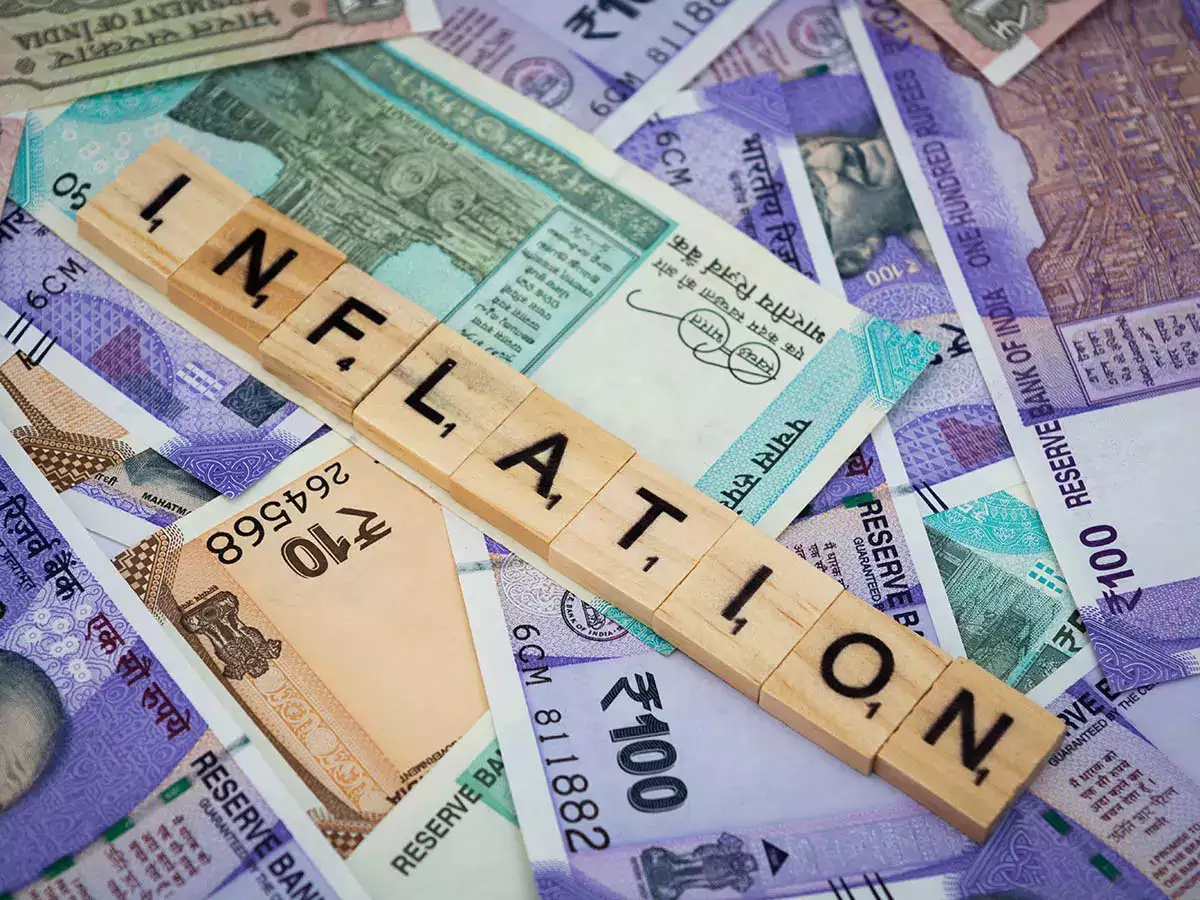*Paromita Das
Inflation is at an all-time high in India’s economy. India’s annual inflation rate increased to 6.95% in March 2022, the highest since October 2020, according to official data. Similarly, at 14.5% in March, the wholesale price index was at its highest level since 2012.
The current spike in inflation is clearly the result of the steep price rises in crude oil (crude petroleum rose to 83.56% in March from 55.17 % in February) and other commodities around the world, putting India’s economy in a double bind. Some essential commodities have seen their import costs rise as a result of this. Furthermore, the global supply chain has been disrupted as a result of the Russia-Ukraine conflict. Notably, imports account for 85% of India’s oil needs.
Even as inflation remains high, the government admits that the current geopolitical situation and soaring prices may slow growth. Ironically, this is occurring at a time when the global economy is attempting to recover from the effects of the coronavirus pandemic and (is) steadily increasing its growth rate.
Furthermore, the Ukraine-Russia conflict has harmed edible oil supplies, causing prices to rise. Indonesia, the world’s leading palm oil exporter, changed its export policy in response to Ukraine’s pressure on sunflower oil supplies. In response to a supply shortage caused by Russia’s invasion of Ukraine, Indonesia surprised the world by announcing an export ban on cooking oil. As a result, imports of palm oil have decreased.
The Indian kitchens, in particular, took the brunt of the price hike. Aside from the cost of fuel and edible oil, domestic cooking gas prices have recently risen. Prices for almost all essential items have risen in recent months, putting pressure on the average household budget and forcing the majority to cut corners. Furthermore, high fuel prices have had a knock-on effect on transportation, making it more expensive.
For the first time since 2018, India’s central bank, the RBI, raised the repo rate by 40 basis points to 4.4 percent as part of its anti-inflationary measures. In March 2020, the RBI cut rates again to help the economy cope with the threat of a Covid pandemic.
In the face of a global economic downturn, the central bank’s rate hikes are primarily intended to control and monitor money flow into the banking system. In order for the Indian economy to continue on its path to sustainable and inclusive development, the RBI believes that inflation must be brought under control.
As a result of the increase in the repo rate, bank loan EMIs will increase, affecting the consumer’s pocketbook, as he will be forced to pay more every month, money he could have saved or invested and earned a return on. As a result, wise investment decisions are required. To counteract negative growth, a customer must select investment instruments that generate higher returns than the rate of inflation.
Worldwide supply chain disruptions are causing inflationary pressures. Increases in labor, energy, and transportation costs are all contributing to global inflation, which is posing policy challenges. The global supply chains are intertwined, so when one price rises, others tend to follow suit. Inflation is being fueled by increases in the cost of labor, energy, and transportation around the world.
There is uncertainty as a result of the Omicron wave and the Ukraine crisis. As a result, supply disruptions may last longer and extend into 2023. Supply chains are adapting as companies navigate a risky trading environment. The general consensus is that global trade will improve, with the main reason for this optimism being the advancement of technology to alleviate supply chain issues, particularly the adoption of 5G to improve connectivity. Streamlining operations and increasing trade efficiencies can also be achieved through digitalisation and automation.
India’s economy is based on consumption, so high inflation could have an impact on its growth and resources. As a result, the country must pursue a growth path. The pressure on food grain inflation is likely to ease in 2021-22 due to bumper food crop production during the rabi and kharif seasons. Furthermore, in order to reduce reliance on imports, domestic edible oil production must be increased.
In order to avoid supply chain disruptions, companies should consider near-shoring supply centers for producing components domestically. To stay on track with growth, it is critical to create jobs and address the challenges and opportunities posed by the climate crisis. Agriculture, in particular, represents a huge opportunity for the country. Increasing farmers’ income and increasing the country’s agriculture exports are two good areas to focus on in order to counter inflationary headwinds.
While domestic factors can be mitigated, external pressures must be taken into account. Investments will be driven by flagship government projects such as Gati Shakti and Production Linked Incentive Schemes, which will counteract potential economic headwinds. India has been focusing on expanding its petroleum basket across West Asia, Africa, and North and South America to ensure crude supply security and mitigate the risk of dependence on oil imports from a single region.

